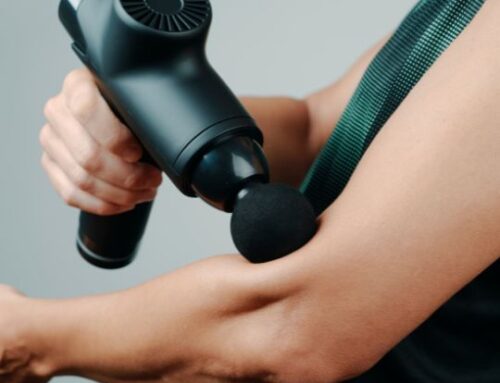Very often, we have patients tell us that they were diagnosed by a health care provider with a “slipped” disc, bulging disc, herniated disc, *insert scary adjective* disc. But just as often as they tell us that, most have no idea what that actually means and no one bothered to explain it to them either.
The intervertebral disc is comprised of a cartilaginous structure called the annulus fibrosis filled with a hydraulic fluid called the nucleus pulposus. It is capable of withstanding tremendous pressure if loaded appropriately. Think of a tire on your car, with laminated fibers running in different directions, filled with brake fluid. This allows the disc to be strong and flexible in various movements and allows it to bear extreme loads, offering stiffness through the spine.
The disc can become dysfunctional and injured similarly to that of any repetitive motion injury, which have 3 factors: frequency, duration, and load. Do anything a thousand times a day, 8 hours a day at a load of even 5-10 pounds and there are tissues that will eventually break down and become dysfunctional. The disc is no exception.
Bending a disc in one direction repeatedly forces the nucleus to protrude in the opposite direction. Flexing a disc forward anteriorly pushes the nucleus posteriorly. Not only that, the fibers opposite the direction of bend can start to tear on a microscopic level. With enough repetition, microscopic tears can become macroscopic. Eventually, if not corrected, the nuclear material will be forced through the tears in the disc, creating the previously mentioned “slipped” disc, bulging disc, herniated disc, etc. This can be rather painful, causing discogenic pain as well radicular pain, which is irritation to a nerve root. Furthermore, once the nuclear material has exited the annulus, the body views that material as a foreign substance and inflammation will occur in the area to start to clean up said foreign substance. Even though the inflammation is a natural part of the healing process, it can add pain and dysfunction.
Despite this disc injury and the resulting inflammation, it can be treated very effectively through a variety of different methods. First and foremost is identifying the primary insulting movement and correcting it. Adding stiffness through the core can often provide some relief almost immediately if performed properly. It may not be complete resolution, but it can allow patients to move with less pain, thus allowing them to return to a more normal lifestyle.
Once we’ve identified the insulting movement and have had some time to correct it, the next step would be identifying any joint restrictions that have either resulted because of the faulty movement pattern or contributed to the faulty movement pattern. Spinal and extremity joint manipulation or mobilization coupled with soft tissue manipulation is a fantastic combination in treating these conditions.
Ultimately, a “scary adjective” disc injury can be treated very effectively and is not a life sentence to pain and dysfunction.




